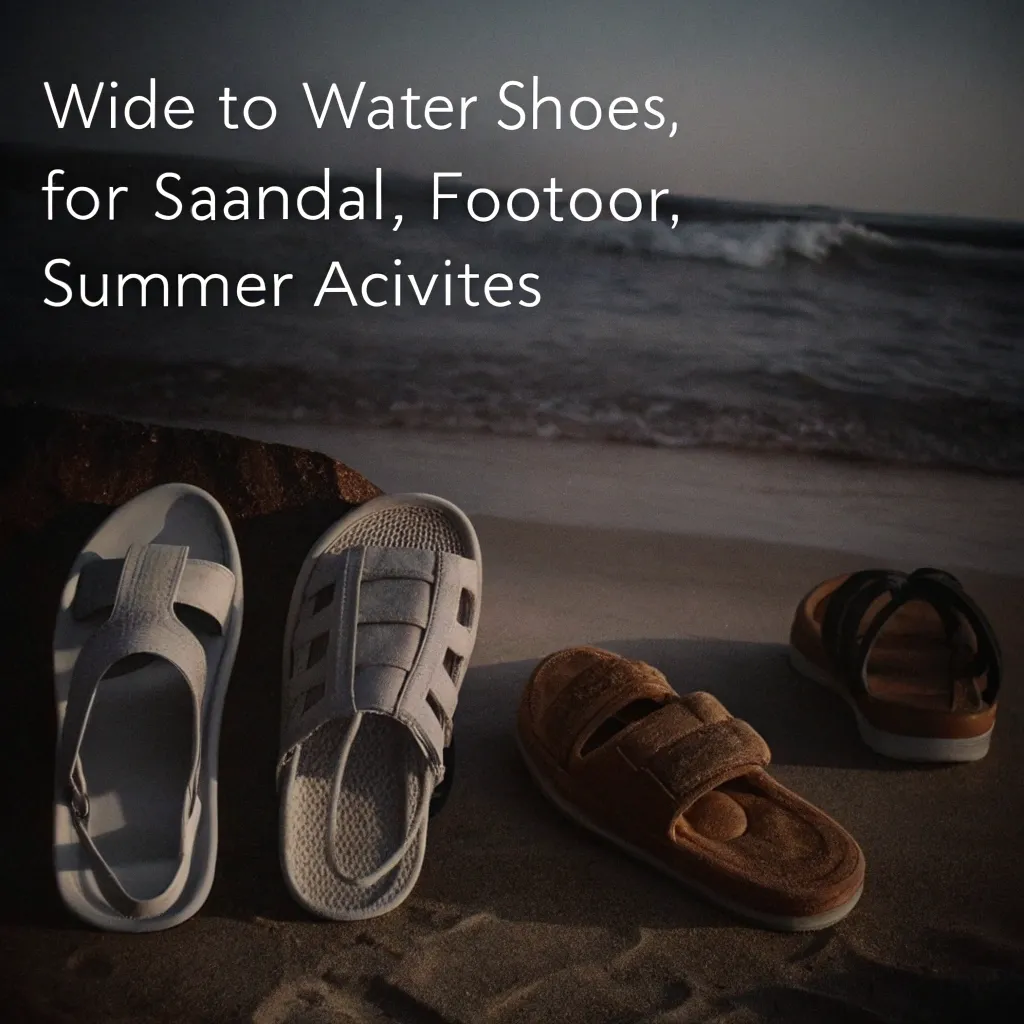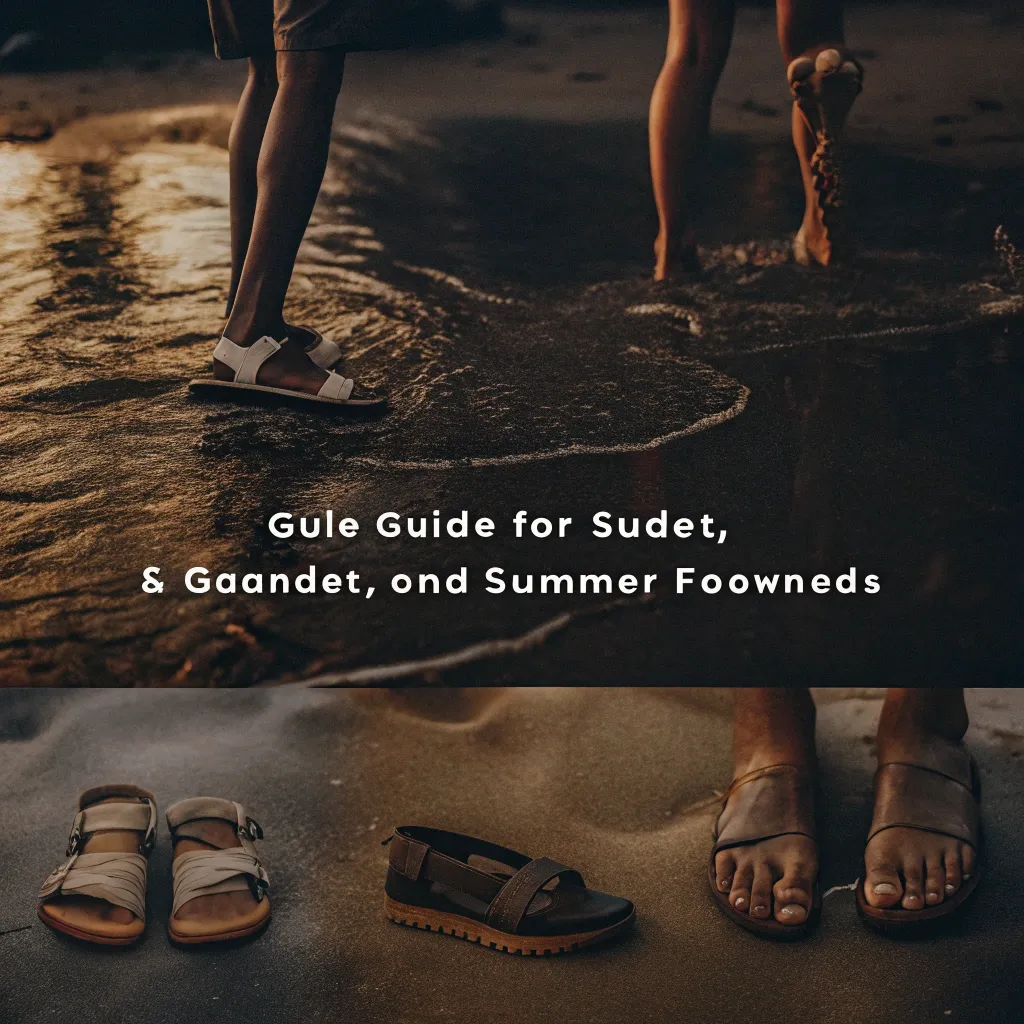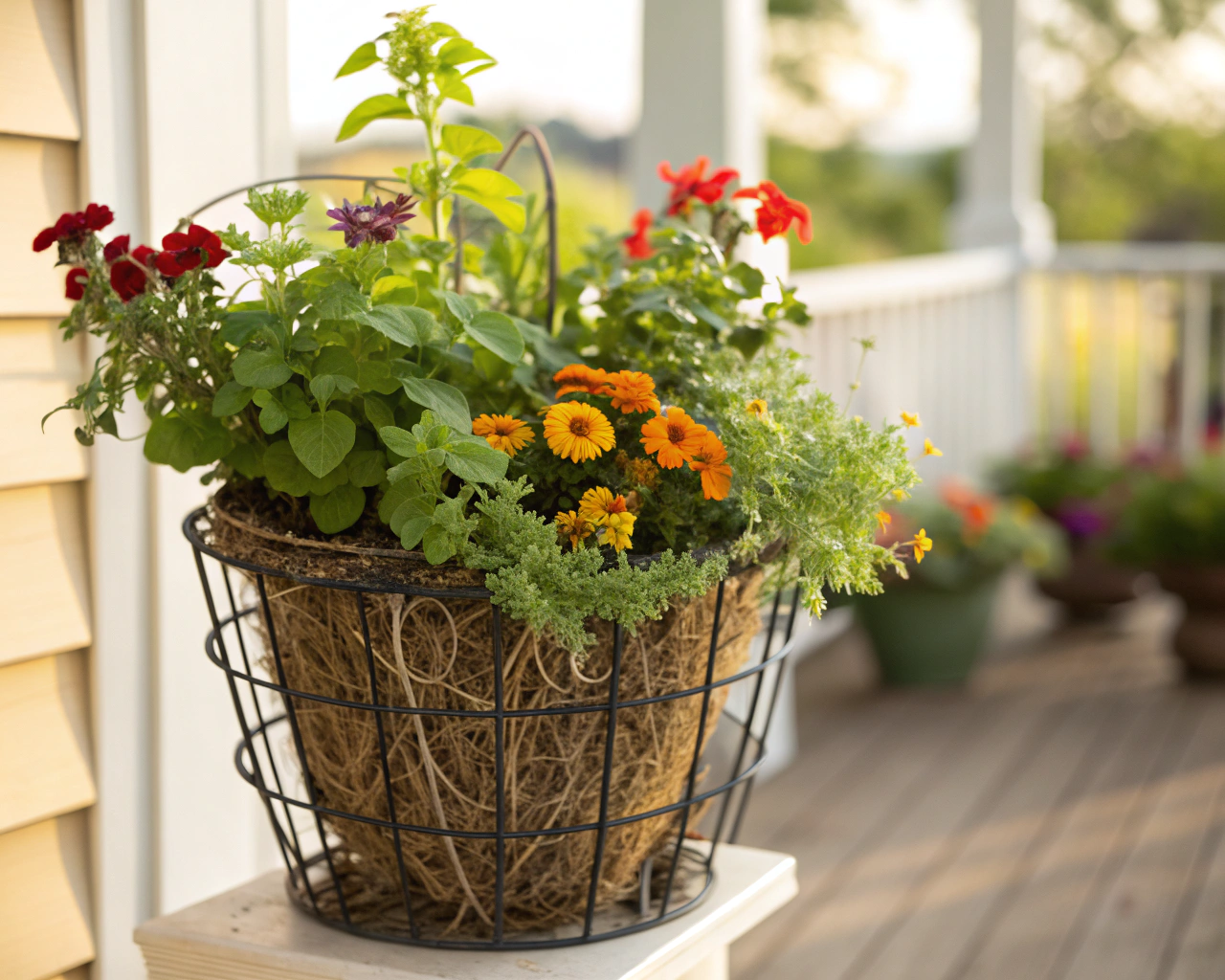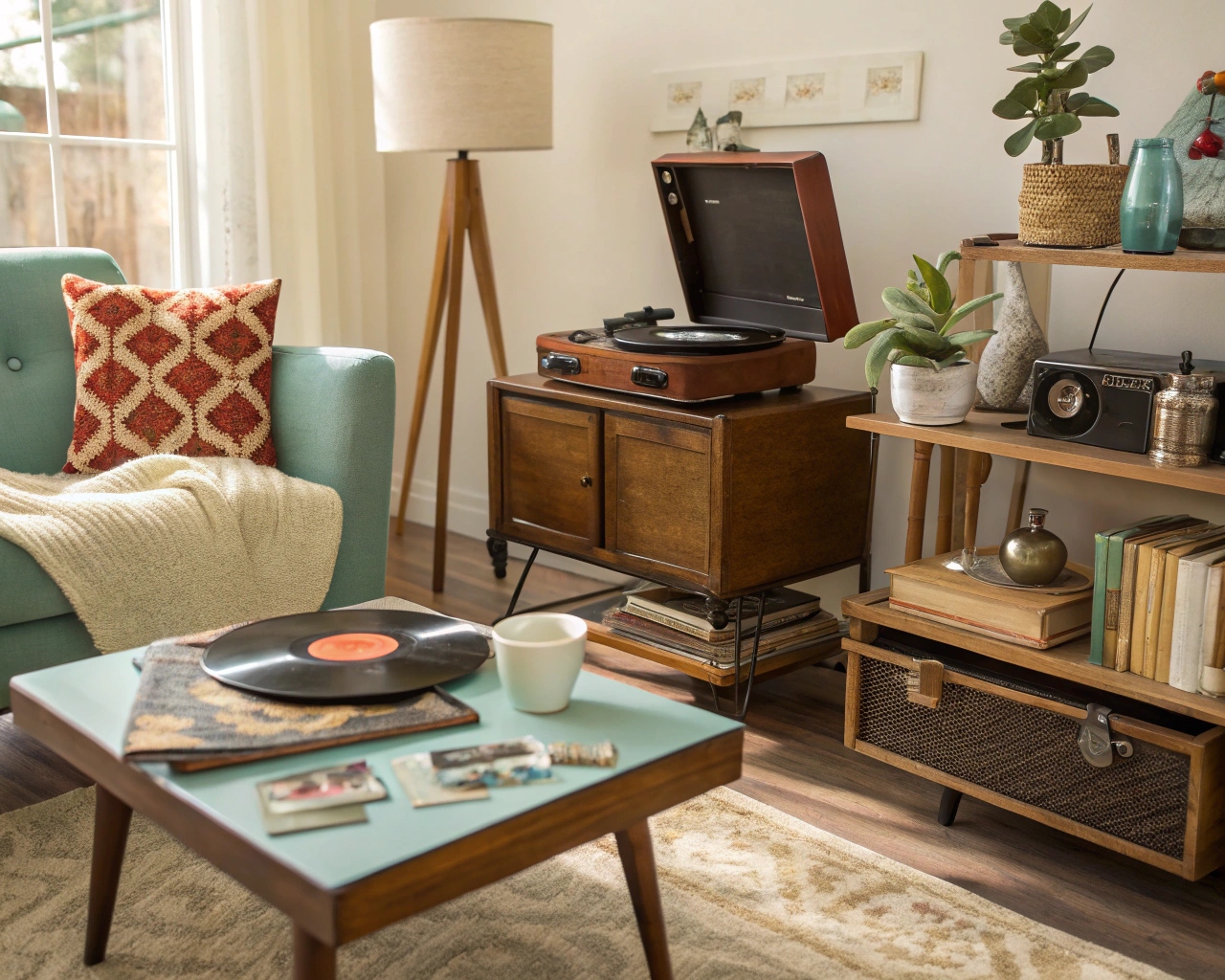Summer brings endless opportunities for outdoor adventures, from beach trips and lake swims to hiking trails and camping excursions. But with these varied activities comes an important question: what should you wear on your feet? The wrong footwear can lead to discomfort, injuries, or simply a dampened experience. This guide will help you navigate the options of water shoes, sandals, and going barefoot to make the most of your summer adventures.
Understanding Your Footwear Options
When temperatures rise and water activities beckon, traditional sneakers often aren't the best choice. Let's explore the main summer footwear categories and when each shines:
Water Shoes: Protection Meets Performance
Water shoes have evolved dramatically from the flimsy, sock-like versions of yesteryear. Modern water shoes offer impressive features that make them ideal for specific scenarios.

"Water shoes provide protection from sharp objects while allowing water drainage and quick drying," explains outdoor gear specialist Sarah Connors from Adventure Outfitters. "They're essential for rocky shorelines or river beds where unseen hazards lurk."
Today's water shoes typically feature:
- Rubber soles with decent traction
- Quick-drying mesh or neoprene uppers
- Drainage holes to prevent waterlogging
- Closed-toe protection from rocks and debris
Water shoes excel during activities like river tubing, kayaking, and exploring rocky beaches. Many families find them particularly valuable for children who need protection but want freedom to splash and play.
Sandals: Versatility Champions
Summer sandals range from flimsy flip-flops to robust hiking models. The right choice depends entirely on your planned activities.
For casual beach days or poolside lounging, simple flip-flops might suffice. However, for more active pursuits, consider sport sandals with features like:
- Adjustable straps for secure fit
- Contoured footbeds for comfort
- Rugged outsoles for varied terrain
- Quick-drying materials
"The best summer sandals can transition from water to land without missing a beat," notes Kelly from Barefoot Shoe Guide. "Look for models that won't become slippery when wet and provide enough support for walking distances."
Barefoot-style sandals have gained popularity for their minimalist design that allows natural foot movement while still offering protection. These often feature thin, flexible soles and minimal structure – perfect for those seeking a more natural experience without going completely barefoot.
Going Barefoot: The Natural Approach
There's something fundamentally freeing about kicking off shoes entirely during summer months. Going barefoot offers unique benefits:
- Enhanced sensory feedback from different surfaces
- Strengthened foot muscles
- Improved balance and proprioception
- The simple joy of connecting with nature
However, barefoot adventures come with obvious limitations. Without protection, you're vulnerable to hot surfaces, sharp objects, and potential injuries. Reserve truly barefoot experiences for safe, familiar environments like grassy parks, sandy beaches with known good conditions, or your own backyard.
Choosing the Right Option for Different Activities
Your summer plans should dictate your footwear choices. Let's break down some common scenarios:
Beach Days and Swimming
For standard beach outings, simple sandals work well for walking across hot sand, while going barefoot at the water's edge lets you enjoy the sensory experience. If your beach has rocky areas or you're concerned about sharp shells, water shoes provide valuable protection without the bulk of traditional footwear.
One beachgoer shared on Reddit: "I used to think water shoes were just for kids, until I stepped on a broken shell that sliced my foot open. Now I keep a pair in my beach bag – they're light enough that I don't mind carrying them just in case."
River Adventures and Rafting
For river activities, especially with current or on unknown terrain, proper footwear becomes a safety issue. A recent Reddit thread about Grand Canyon rafting gear highlighted this reality, with experienced rafters recommending dedicated water shoes with substantial soles.
"For my Grand Canyon trip, I brought water shoes for in the raft, flip flops for camp, and trail shoes for dry hikes," noted one participant. "Having the right footwear for each situation made the whole experience more enjoyable."
Water shoes with good drainage and grippy soles are ideal for river adventures, as they protect against slippery rocks and unknown underwater hazards while allowing necessary mobility.
Hiking and Trail Exploration
Summer trails call for footwear that can handle varied terrain while keeping feet comfortable in the heat. Trail sandals with robust construction have become increasingly popular for warm-weather hiking.
Brands like Chaco, Keen, and Teva offer sandals specifically designed for trail use, with features like:
- Aggressive tread patterns for traction
- Protective toe bumpers
- Supportive arch design
- Durable materials that perform well when wet
For those interested in minimalist options, barefoot hiking sandals provide ground feel while offering basic protection. However, these require gradual adaptation if you're used to traditional footwear.
What About the Kids?
Children's summer footwear deserves special consideration. Kids are often harder on their shoes, more likely to transition quickly between activities, and sometimes less aware of potential hazards.
According to Anya's Reviews, a popular barefoot shoe resource, the ideal kids' summer footwear should balance protection with developmental benefits: "Children's feet develop best when allowed natural movement, but they still need protection from environmental hazards."
Many parents find versatile water-friendly sandals to be the most practical option. Brands like Pediped offer kids' models designed to transition seamlessly between playground, beach, and everyday wear.
Happy Little Soles describes Pediped's Flex Force as "a versatile summer shoe for your child, this water-friendly design can handle everything from beach days to playground adventures."
Finding Your Perfect Fit
When selecting summer footwear, consider these factors:
- Activity level: More active pursuits require more supportive, secure designs
- Terrain: Rocky or unknown surfaces demand greater protection
- Water exposure: Fully submersible activities need quick-drying materials
- Comfort preferences: Some people prioritize cushioning, while others prefer ground feel
- Transition needs: Will you need to go from water to walking distances?
The best approach often involves owning a couple of options. A simple pair of flip-flops for quick errands, water shoes for active water days, and perhaps supportive sandals for longer adventures gives you flexibility to match footwear to the day's plans.
What's Best for Your Feet?
There's no one-size-fits-all answer to summer footwear. Your individual foot structure, activity preferences, and comfort needs all play a role in determining the best options for you.
That said, many foot health professionals suggest varying your footwear rather than relying exclusively on one type all summer. This provides different stimulation to foot muscles and prevents overuse patterns that might lead to discomfort.
"The healthiest approach is a varied one," explains podiatrist Dr. Mark Johnson. "Some barefoot time on safe surfaces, combined with appropriate protective footwear when needed, gives you both the natural movement benefits and necessary protection."
Whatever you choose, make sure it fits properly, provides appropriate support for your activities, and allows you to focus on enjoying your summer adventures rather than thinking about your feet!
Remember, the perfect summer footwear isn't about following trends – it's about finding what works for your unique summer lifestyle and the places your adventures take you.






